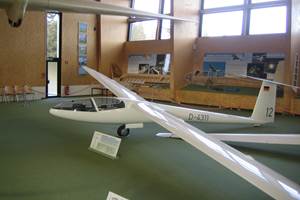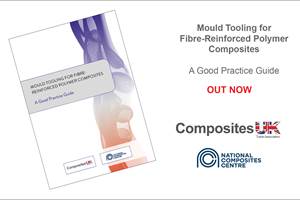Airbus, Siemens to develop hybrid-electric aircraft propulsion
Airbus Group and Siemens plan to demonstrate the technical feasibility of hybrid-electric aircraft propulsion by 2020.
Airbus Group and Siemens have signed a collaboration agreement in the field of hybrid-electric propulsion. In doing so, the chief executive officers (CEO) of both companies, Tom Enders and Joe Kaeser, have launched a major joint project towards the electrification of aviation with the goal of demonstrating the technical feasibility of various hybrid/electric propulsion systems by 2020. Both companies will be making significant contributions into the project and have sourced a team of around 200 employees to advance European leadership in innovation and the development of electrically powered aircraft.
“Electric and electric-hybrid flight represent some of the biggest industrial challenges of our time, aiming at zero-emissions aviation. The progress we have achieved in this arena, together with our industrial and governmental partners, in only a few years is breath-taking, culminating in last year’s channel crossing of our all-electric E-Fan aircraft. Big thanks today particularly to the Bavarian Government and Minister Aigner for their support here in Ottobrunn,” says Enders. “We believe that by 2030 passenger aircraft below 100 seats could be propelled by hybrid propulsion systems and we are determined to explore this possibility together with world-class partners like Siemens.”
“By entering the field of highly innovative aircraft propulsion technology, we’re opening a new chapter in E-Mobility. Collaboration with Airbus Group will create new perspectives for our company and open us up even more to disruptive innovation,” says Kaeser. “The undertaking will be an important project under the umbrella of our so-called Innovation AG. As previously announced, the aim of this unit is to cooperate with innovative partners in order to identify and invest in new trends and develop future-oriented business opportunities. These partners may include entrepreneurs from Siemens’ own employee environment, external start-ups and newly founded and established companies.”
Hybrid-electric propulsion systems can significantly reduce fuel consumption of aircraft and reduce noise. European emissions targets aim for a 75% reduction of CO2 emissions by 2050 compared to the values for the year 2000.
Airbus Group and Siemens plan to jointly develop prototypes for various propulsion systems with power classes ranging from a few hundred kilowatts up to 10 MW and more (i.e., for short, local trips with aircraft of less than 100 seats, helicopters or UAVs up to classic short and medium-range journeys).
Both companies together with Austria’s Diamond Aircraft initially presented a hybrid aircraft back in 2011. Since then, Siemens has been developing an electric engine for aircraft which supplies five times as much power while retaining the same weight.
Airbus Group has been gathering operational experience with electrically powered aircraft since 2014 with the E-Fan, a full electric two-seater dedicated to training pilots. This success has been achieved together with various industrial partners and steadfast support of the French government.
Airbus Group intends to accelerate with the extended capabilities of the planned E-Aircraft System House at Ottobrunn/Taufkirchen site the development of components and system technologies.
Siemens is determined to establish hybrid-electric propulsion systems for aircraft as a future business. The partners have agreed to collaborate exclusively in selected development areas. In parallel, both partners will continue to work together with their current partners for small aircraft with fewer than 20 seats.
Related Content
From sailplanes to composites repair: Growing composite training opportunities over the years
Mike Hoke discovered his interest in the composites industry at a young age. His journey eventually led him to Abaris Training Resources, which he owned and evolved for more than 30 years.
Read MoreSustainability has come to composites and it's here to stay
It might be tempting to think of sustainability as a buzzword, but there are structural changes taking place in the composites industry that signal its permanence.
Read MoreWomen in the Composites Industry brings together women for networking, educational opportunities
Aiming to support the growth of women in this industry, the WCI industry group and its partners recently held its first live training event hosted by Owens Corning.
Read MoreComposites UK launches best practice guide for composites tooling
“Mould Tooling for Fibre-Reinforced Polymer Composites” is latest in Composites UK’s series of good practice guides, available online for free.
Read MoreRead Next
From the CW Archives: The tale of the thermoplastic cryotank
In 2006, guest columnist Bob Hartunian related the story of his efforts two decades prior, while at McDonnell Douglas, to develop a thermoplastic composite crytank for hydrogen storage. He learned a lot of lessons.
Read MoreCW’s 2024 Top Shops survey offers new approach to benchmarking
Respondents that complete the survey by April 30, 2024, have the chance to be recognized as an honoree.
Read MoreComposites end markets: Energy (2024)
Composites are used widely in oil/gas, wind and other renewable energy applications. Despite market challenges, growth potential and innovation for composites continue.
Read More


























